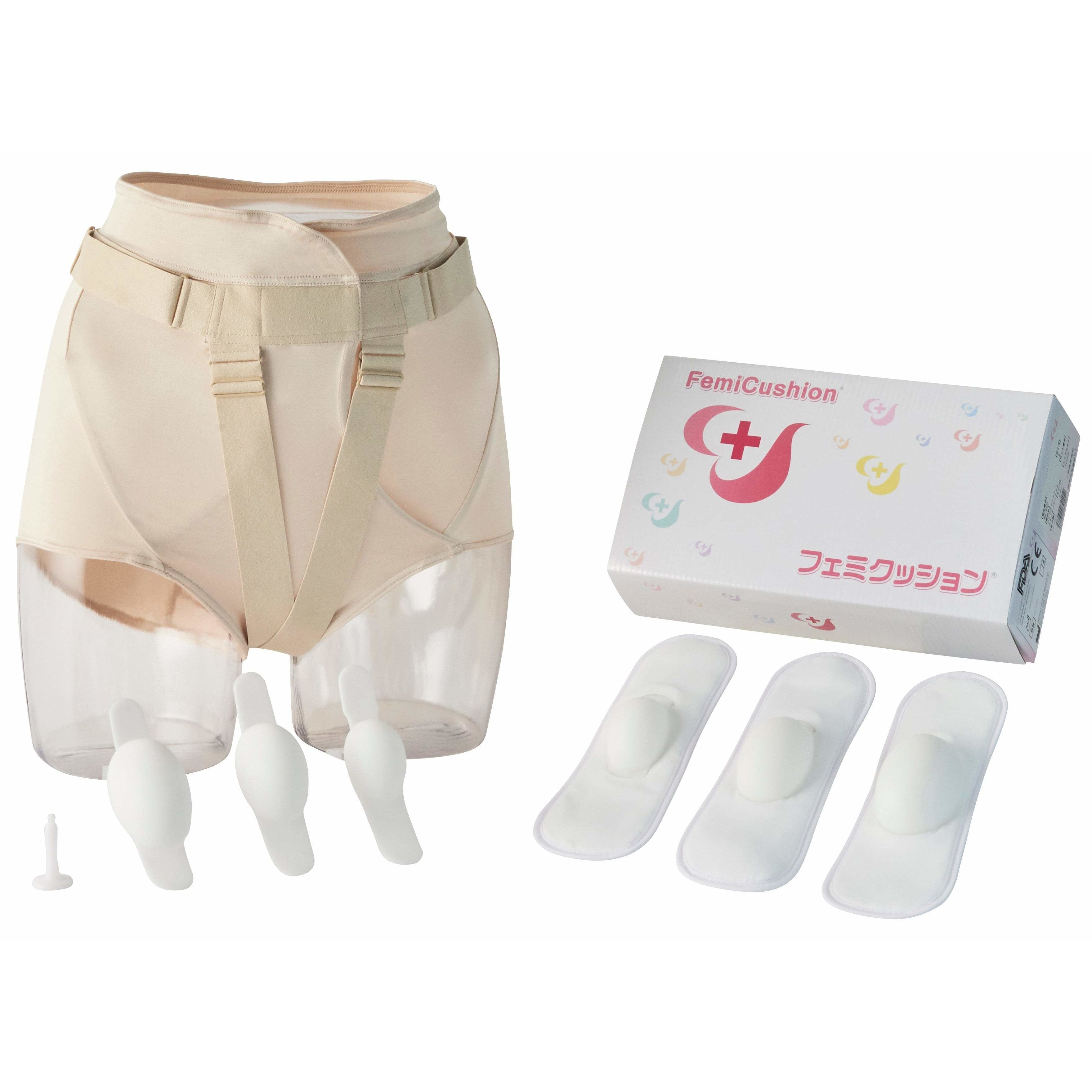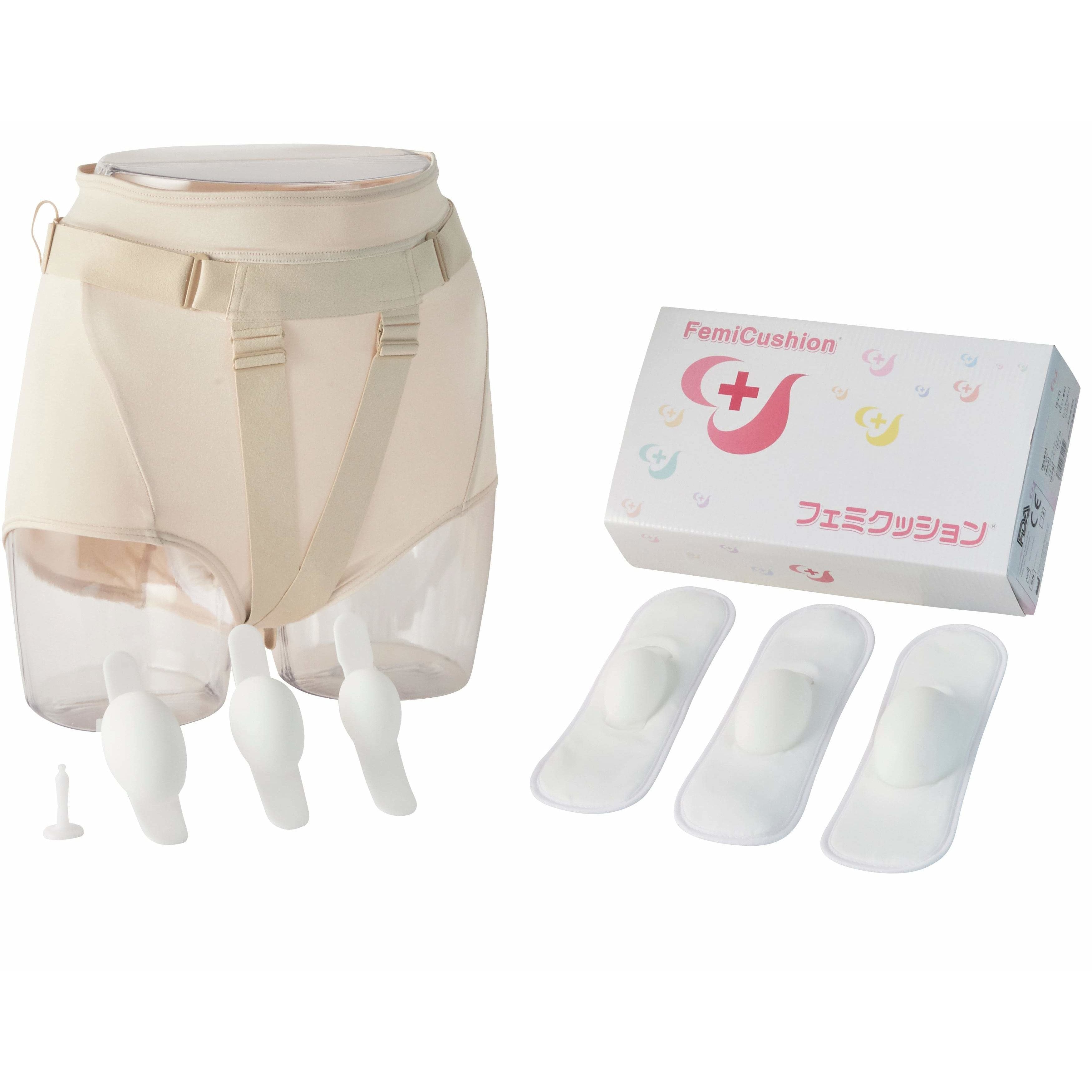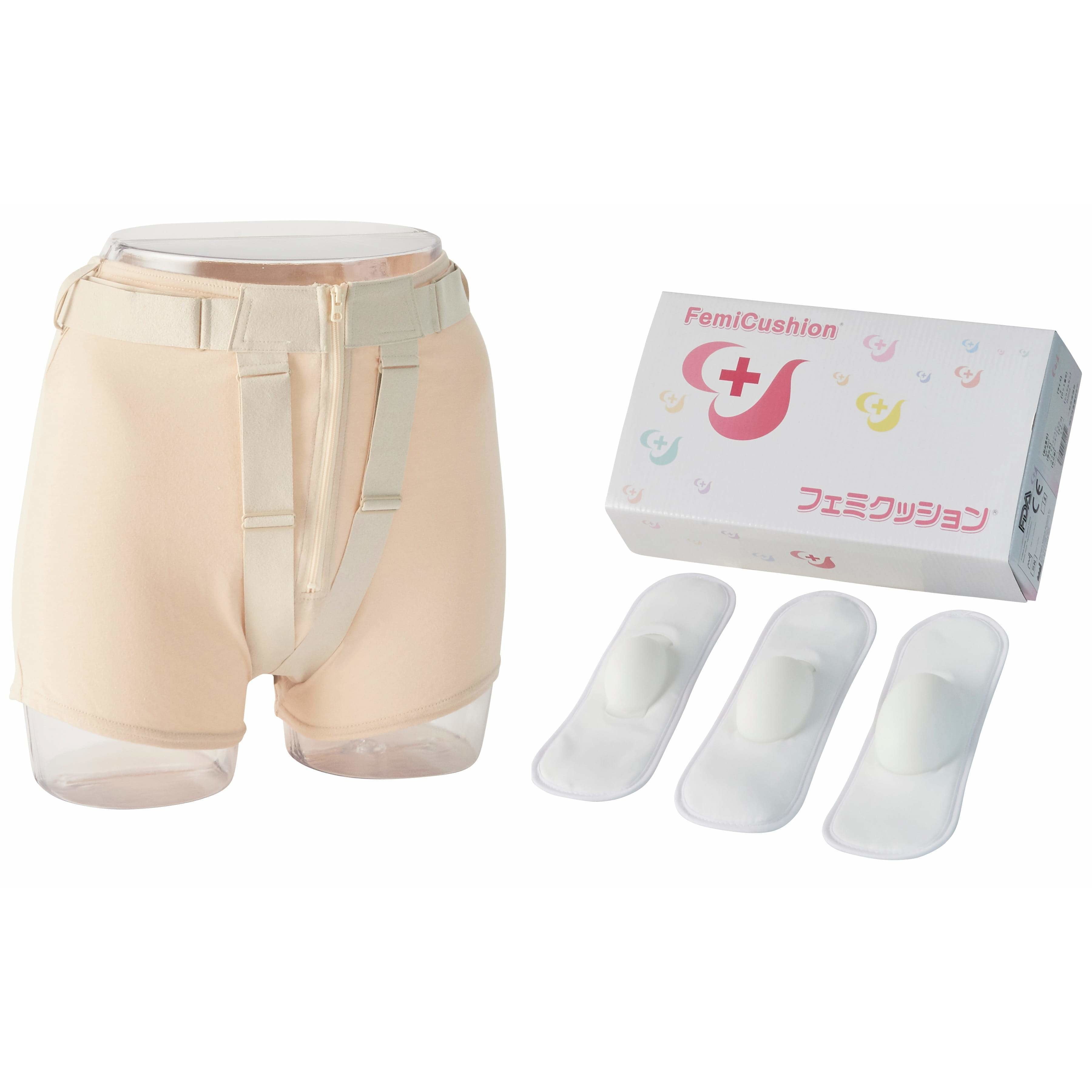What Is Pelvic Floor Therapy?
Table of Contents

Pelvic floor therapy is a type of physical therapy that helps to increase strength and flexibility in the muscles attached to the pelvis. It is a common part of treatment for various conditions, such as incontinence, pelvic organ prolapse, or painful intercourse. Although women sometimes hesitate to seek care for conditions like these, a successful treatment plan can make significant improvements in overall health and comfort.
If you struggle with these conditions or others related to the pelvic floor, you may be a good candidate for this therapy. With this information, you can be better prepared to discuss a care plan with your doctor.
Common Pelvic Floor Conditions
There is a group of muscles that make up the pelvic floor. They act to provide support for the urinary, digestive, and reproductive tracts. The muscles surrounding these systems help to promote normal function and maintain comfort. Like any other muscle, the pelvic floor muscles can become tight, tense, or too weak to support the organs of the lower abdomen. These common conditions may be related to the condition of the pelvic floor muscles:
- Urinary urgency or incontinence
- Endometriosis
- Constipation
- Painful intercourse
- Pelvic organ prolapse
- Prenatal or postnatal conditions
These conditions may arise as women get older or be present from a young age. Although pelvic floor treatment may not be the only treatment necessary to manage them, it could be an important and practical component of an effective care plan.
Challenging Myths About Pelvic Floor Conditions
Accessing effective care for these conditions may involve challenging some myths about the conditions and their treatment. Although pelvic floor conditions are relatively common, women often feel like they are alone in the experience. They may have had an experience with a health care provider who dismissed their concerns as psychological or told them that they would grow out of it.
In truth, women are likely to encounter one of these conditions in their lifetimes, especially as they get older. Treatment can be a positive, rewarding experience that improves your well-being and ability to enjoy a variety of activities. Talk to friends and family members, and you might be surprised how common it is.
Understanding Pelvic Floor Therapy
Answering the question, “What is pelvic floor therapy?” takes a complicated answer. Since this therapy addresses issues relating to various system and different muscles, it makes sense that the treatment is going to be different for each person. As a general rule, the therapy is designed to identify which muscles need additional consideration and to create a program of exercises and treatments to strengthen and relax them. Specifically, a treatment plan might involve a variety of steps, including:
- Explaining the function of each muscle related to a patient’s condition
- Demonstrating methods to exercise these muscles
- Finding new ways to stand or sit, as a way of taking excessive pressure off these muscles
- Evaluating progress and adjusting the treatment plan as needed
Pelvic floor physical therapists may use a variety of tools or devices to help treat the muscles that need relaxation or strengthening. These tools could be intended for external or internal use depending on the treatment goals. Common methods include the use of:
- Dilators to stretch internal muscles
- Electrical stimulation to control pain or muscle spasms
- Biofeedback electrodes or probes to help patients find the right muscles to train
- Therapeutic ultrasound
Each session may focus on a particular goal with a handful of exercises that patients can do by themselves or with assistance from a physical therapist.
When to Consider Pelvic Floor Therapy
As a non-surgical treatment plan, pelvic floor exercises for prolapse can be a practical way to decrease pain and improve flexibility and activity. Patients do not necessarily have to discontinue or scale back on other treatments for pelvic floor conditions. You may want to consider this approach if you meet one of the following criteria:
- You have one of the many pelvic floor conditions
- You have undiagnosed pain in the hips, lower back, or pelvis
- Your condition causes daily pain or difficulty doing regular activities
- You are looking for non-surgical ways to address your condition
There are many clinics that specialize in pelvic floor therapy. Your gynecologist or primary doctor may be able to refer you to the best one for your condition.
Starting the Process
Pelvic floor physical therapists understand that many women seek treatment with a high degree of stress about the process. They aim to make the experience as comfortable and worry free as possible. The first assessment may take about an hour. It usually involves a detailed discussion of your medical history, current concerns, and plans for the future. The therapist may perform an external or internal exam of the affected area to determine the best treatment path. It is important to know that you can ask what to expect from the process and take breaks if needed.
Pelvic floor therapy could improve your life in a variety of ways. Ask your doctor to learn more about your options. FemiCushion is a non-invasive device that can help you manage some of the effects of these conditions. For more information, shop our products or visit our frequently asked questions. Feel free to contact us with additional questions or concerns.
Supervising Doctor of This Article

Koichi Nagao, MD PhD
Professor, Department of Urology, Toho University Faculty of Medicine
Director of Urinary tract reconstruction center, Toho University Omori Medical Center
Director of Reproduction Center, Toho University Omori Medical Center
Professor Nagao specializes in plastic surgery in the field of reproductive medicine. He completed eight years of plastic surgery training at Showa University before majoring in urology at Toho University. With his meticulous surgical techniques and careful examinations that combines urology and plastic surgery, Professor Nagao became a Board Certified Specialist with multiple associations including the Japanese Urological Association, the Japan Society for Reproductive Medicine, and the Japanese Society for Sexual Medicine.
The suggested Products

FemiCushion EasyOpen Deluxe Kit
$299.99

FemiCushion Standard Deluxe Kit
$299.99

FemiCushion Lite Kit
$249.99




